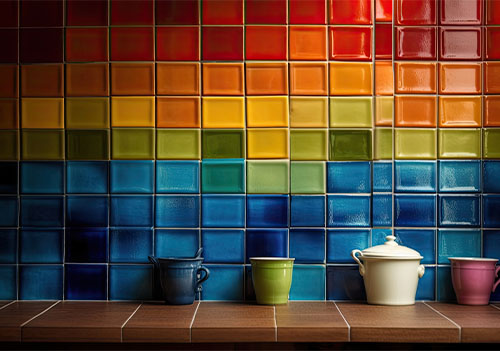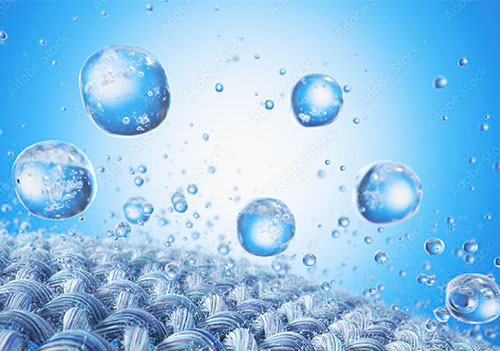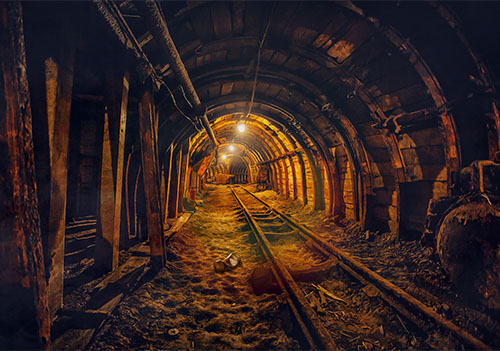DEFLOC®
Ceramic deflocculant additives
The treatment of clay by means of a wet grinding and deflocculation process is a widely used technique by the floor and wall tiles ceramic industry.
Following the development of single-firing processes, the need for atomised clay has led to the use of these processes. Additives are used to deflocculate the slips, before they are spray-dried.
The deflocculation process of clay consists in obtaining a slip or clay suspension in water with a high solid content, but at the same time with low viscosity, eliminating the typical plastic behaviour of clay. To achieve this objective, the physical-chemical aspect of the clay – water colloidal system is used, adding a deflocculant additive that modifies the electrical properties of the colloid, and therefore, its rheological behaviour.
Products
DEFLOC® SH16
A solid deflocculant based on alkaline polysilicates and other polyanions. It is a white, crystalline, granular-looking solid. Most of its particles are in the 0.25 mm to 2.00 mm range. Given its high alkalinity, it is comes within the class of dangerous goods whose transport is regulated under ADR rules. Product specially designed for high-plasticity white bodies.
Markets it targets:
DEFLOC® SP24
Deflocculant solid based on alkaline polysilicates and alkaline organic polyanions. It is a white, crystalline solid with granular aspect. The majority of its particles fall within the range of 0.25 mm to 2.00 mm.
Product especially designed both for red and white pastes.
Due to its high alkalinity, it is classified as dangerous and its transport is regulated as ADR.
Markets it targets:
DEFLOC® L 105
A liquid deflocculant based on alkaline polysilicates and organic-inorganic polyanions with a mean density of 1.53 g/cm3 and a dry matter content of 43.5%. Being a liquid, this product is easy to store and dispense. It is specially designed for continuous body grinding processes without great deflocculation requirements.
Markets it targets:
DEFLOC® L 7525
A liquid deflocculant based on alkaline polysilicates and organic-inorganic polyanions with a mean density of 1.45 g/cm3 and a dry matter content of 36.5%. Being a liquid, this product is easy to store and dispense. It is specially designed for continuous grinding processes of difficult-to-treat bodies.
Markets it targets:
OTHERS DEFLOC®s
A personalised study is recommended in order to determine the best value-for-money deflocculant for each body. Industrias Químicas del Ebro S.A.’s Customer Technical Service is at your disposal to carry out deflocculation studies in order to select the most suitable deflocculant system for each individual case. Selection is made by studying different types of deflocculants through laboratory tests with deflocculation curves and optimising the process and its consumption.
Markets it targets:
SODIUM METASILICATE
A solid sodium silicate with molar ratio n=1.0. It is a white, crystalline solid of granular appearance. The majority of its particles fall within the range of 0.25 mm to 2.00 mm. Given its high alkalinity, it is comes within the class of dangerous goods whose transport is regulated under ADR rules. It is used mainly in sectors such as ceramics as a basic deflocculant. It is obtained by crystallization of a sodium silicate solution with n=1.0 molar ratio. The product manufactured by Industrias Químicas del Ebro SA. is sodium metasilicate with five moles of water: Na2O SiO2 5H2O.





